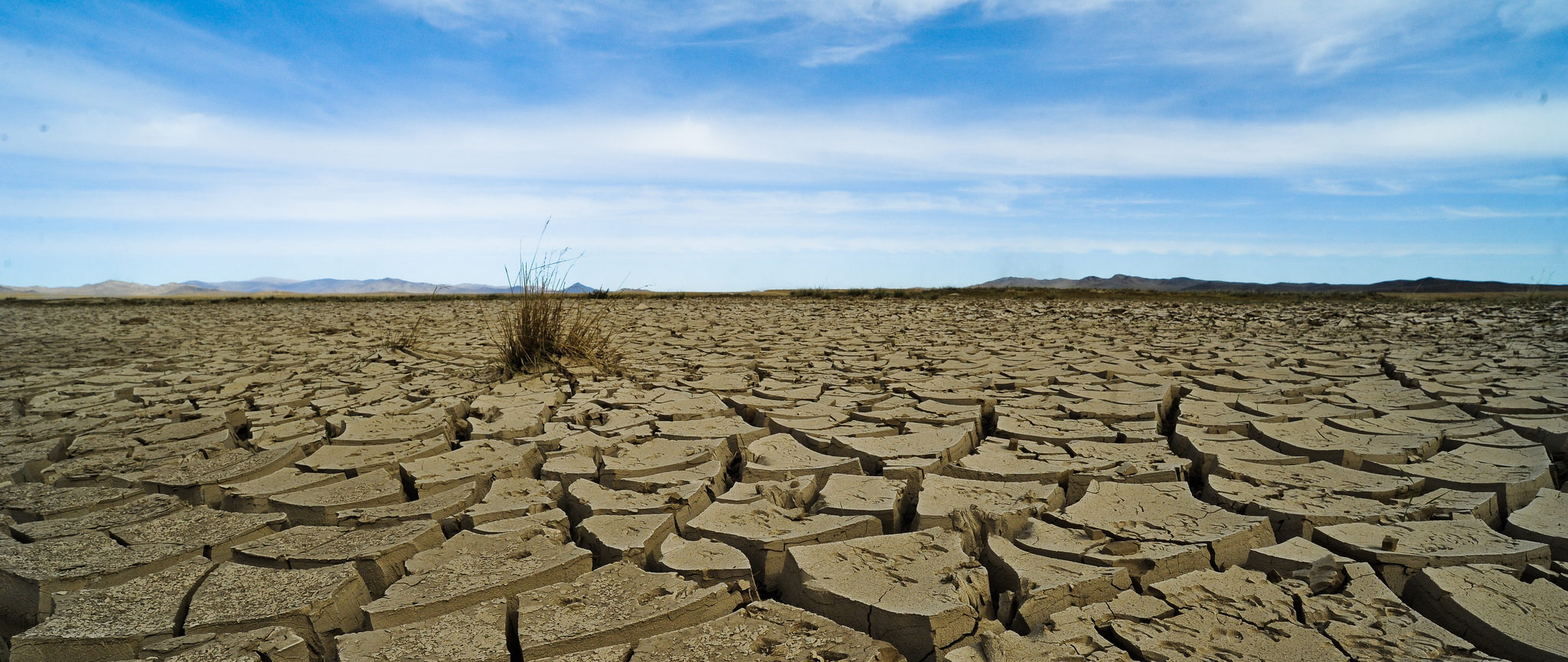The Crop of the Future
Harvesting carbon could offer a solution to climate change.
Author: Tharran Gaines | Published: March 9, 2018
Whether you call it global warming or climate change, the emotionally charged topic generally associated with greenhouse gases brings an array of reactions – from genuine concern to belief in a conspiracy. Granted, natural shifts in global temperatures have occurred throughout human history. However, the fact remains that Earth’s average surface temperature has increased 1.3ºF. over the past century and is projected to increase by an additional 3.2ºF. to 7.2ºF. over the 21st century. It is happening at a faster rate than ever before.
Fortunately, U.S. farmers and ranchers are poised to make a difference. In fact, they have already adopted technologies in many instances that are helping to slow greenhouse gas emissions – even if it has been inadvertent – in the quest for reduced soil erosion, lower input costs, or improved water conservation.
Temperature Change is Both Good and Bad
While the global temperature change may seem slight and insignificant, it does pose implications – both good and bad – for farmers and ranchers. According to the EPA, it can lead to a longer growing season in some regions, yet have an adverse effect on crops where summer heat already limits production.
Global warming can also lead to an increase in soil evaporation rates, as well as the chances of severe drought. It’s believed that climate change may encourage a northern migration of weeds and greater disease pressure in crops and livestock, due to warmer winters and earlier springs.

